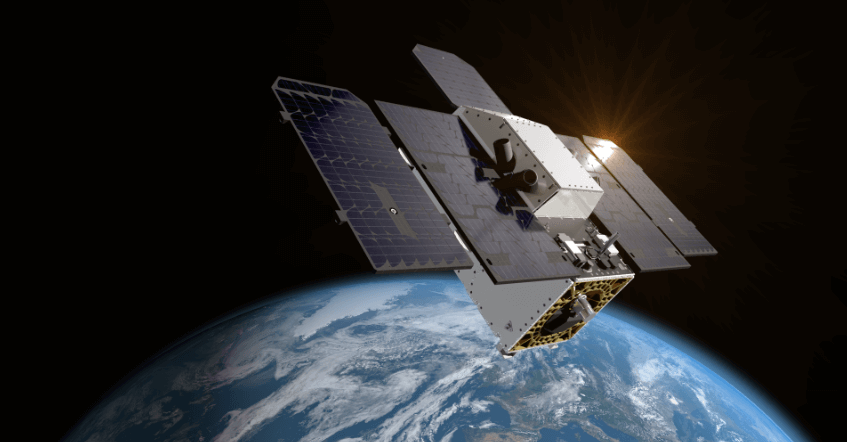
Ibadan, August 19, 2024. – The Transporter-11 mission has launched the NASA-designed Tanager-1 satellite for the Carbon Mapper Coalition. Tanager-1 carries NASA's greenhouse gas monitoring instrument, an imaging spectrometer that will provide useful data to help reduce emissions that contribute to global warming.
The satellite will use imaging spectrometer technology to measure methane and carbon dioxide emissions from point sources, down to the level of individual facilities and equipment, on a global scale. Tanager-1 was developed as part of a philanthropically funded public-private coalition by the nonprofit Carbon Mapper. Planet Labs PBC, which built Tanager-1, and JPL are members of the Carbon Mapper Coalition and plan to launch a second Tanager satellite with a JPL-built imaging spectrometer in the future.
Once operational, the spacecraft will explore about 130,000 square kilometers of Earth’s surface per day. Carbon Mapper scientists will analyze Tanager-1 data to identify gas plumes with the unique spectral signatures of methane and carbon dioxide, and determine their sources. As a result, plume data will be publicly available online on the Carbon Mapper data portal.
The imaging spectrometer onboard the satellite measures hundreds of wavelengths of light reflected off the Earth’s surface. Different compounds in the planet’s atmosphere—including methane and carbon dioxide—absorb different wavelengths of light, leaving spectral “fingerprints” that the imaging spectrometer can identify. These infrared fingerprints can therefore allow researchers to locate and quantify high greenhouse gas emissions, potentially accelerating mitigation efforts.
Speaking about the mission, Riley Duren, CEO of Carbon Mapper, said: “The Carbon Mapper Coalition is a great example of how organisations from different sectors are coming together around a common goal: tackling climate change. By detecting, identifying and quantifying super emitters and making this data accessible to decision-makers, we can drive meaningful global action to reduce emissions now.”